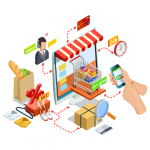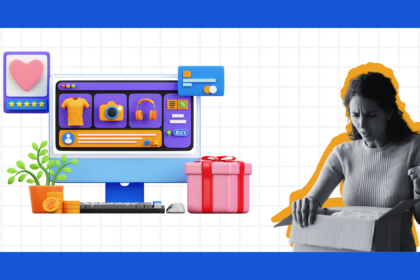Today’s shoppers have high customer service expectations and zero tolerance for issues.
If an ecommerce business doesn’t meet their expectations in providing a decent and personalized CX, they will quickly move on to a competitor. This not just applies to the purchase phase but the post-purchase order delivery phase as well, which, unfortunately, you have no control over as the package has been handed off to the shipping carrier.
The lack of required data to step in and handle customer queries makes it difficult for your business to resolve issues and provide a great CX.
Issues/ questions that are unanswered/unresolved stand at the #2 frustration with an ecommerce business’ customer service with long wait and response times at #1.
Worry not though. By implementing proactive customer service, you can resolve these issues and provide memorable delivery experiences. But first, what actually is proactive customer service?
What is Proactive Customer Service?
Proactive customer service is all about monitoring your shipments in real-time and enabling your customer service representatives to preemptively fix issues that could lead to bad delivery experiences for your customers.
Proactive customer service or proactive support translates to providing your support reps with ample data required to resolve customer issues beforehand and giving you ample time to set things right. In short, it eliminates the need for your customers to reach out to you by simply helping you make the first move.
Displaying your ability to proactively address and resolve customer issues helps you show your strong commitment to the high standard of CX you offer.
Why Proactive Customer Service Matters?
We live in an experience economy, where the CX you provide drives how consumers perceive your brand.
Businesses must take a strong resolve to handle delivery issues and do it quickly. But being just reactive to issues is just not enough. Here’s why.
Problems of being just reactive to delivery issues
Unlike proactive customer service, being reactive means taking efforts to resolve issues only after they’ve happened. When you’re being reactive, the customer reaches out to you with an issue such as the delivery getting late or a query on their parcel status.
More often than not, this may not be the best ploy to resolve customer issues. Here’s why.
1. It is already too late
“Prevention is better than cure” might sound clichéd, but it holds true in this context. By the time your customer service representative reacts to a customer’s issue, it is too late as it has already had an impact on them.
2. Increased support queries
Customers are always anxious about their orders. This leads to a high Volume of WISMO calls and order status inquiries in the form of unwanted support tickets. These queries take up about 40% of your customer support queries i.e, a customer service agent spends an average of 10-minutes per ‘where is my order?’ request.
3. Increased customer frustration
Customers who are unhappy with their order delivery experience will soon take their frustrations to social media and influence their friends and followers’ decision of shopping with you. That’s not all! Negative customer reviews can also cause irreparable damage to your brand’s online reputation.
4. Increased customer disloyalty and acquisition costs
You might be familiar with the stat that 1-in-3 customers will stop shipping with you after just one instance of a bad delivery experience. However, know that if you plan to just replace one customer with another, keep in mind that it costs 5 times more to acquire a new customer than retain an existing one.
On the other hand, here is the importance of proactive customer service for your ecommerce business to understand its needs better.
- Mitigate the impact of delivery issues on your customers
- Reduce the volume of WISMO calls and support tickets
- Makes Customer Support Reps Efficient
- Increased customer engagement
- Builds Trust and Increases Customer Loyalty
Now that we’ve understood why proactive customer service matters for your ecommerce business, let’s move on to how you can implement a proactive approach to your post-purchase CX efforts.
How You Can Take a Proactive Customer Service Approach in the Post-purchase Phase
1. Fix Last-mile Issues Before Customer Impact
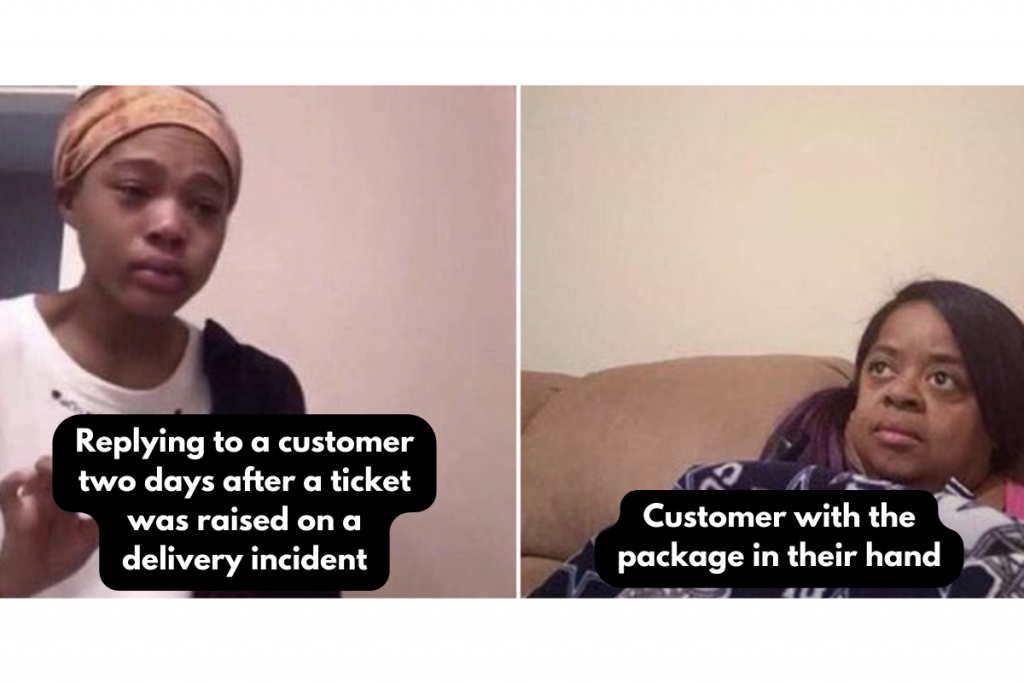
By tracking and staying in the know of all your customers’ parcels in real-time, you can be aware of your customers’ shipment status at all times and take proactive action like letting your customer service reps intervene and fix issues before impact.
When your customer’s in-transit order is likely to go haywire, you can preemptively inform the customer regarding the issue and also offer solutions based on their expectations such as re-shipping the order via an expedited shipping option, a discount, or a refund on their next purchase.
Keep in mind that more than 60% of customers will shop with a brand again if the company handles a customer service issue fairly, even if the outcome isn’t in their favor. This fact is more than enough to show that your commitment to proactive customer service can improve your customers’ loyalty towards your brand and improve retention rates.
Increasing customer retention rates by just 5% can increase your profits by more than 25%.
2. Keep customers in the loop of their orders

Engaged customers are loyal customers, and it should be your mission to engage them on every level. Instead of communicating only when there’s an issue, you can engage with them daily by notifying them of their orders.
By being in the know of how many of your parcels will be delivered during the day and how many are likely to be delayed, you can take proactive steps and can keep your customer engaged across the post-purchase phase.
By proactively informing them about their order status, you can notice a drastic reduction in the number of WISMO calls and an increase in your CSAT Score due to your frictionless post-purchase CX efforts.
87% of customers say that they become happy when contacted proactively by businesses regarding customer service issues, and 75% have a positive experience when surprised with an incoming call and have a change in their perception of the brand calling them.
How LateShipment.com Can Help You Implement Proactive Customer Service
1. Set up automated shipping notifications for common/uncommon delivery events
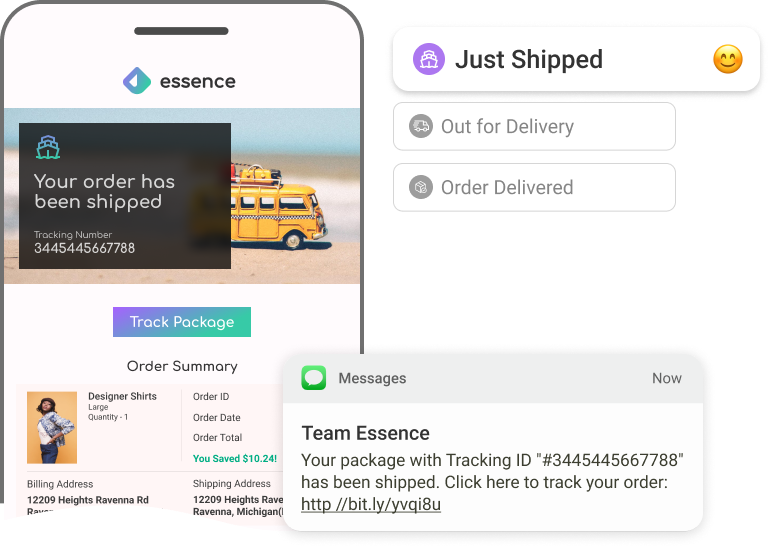
Keep your customers informed of important updates on packages by sending automated and timely email notifications about their orders for common delivery events such as “Shipped”, “Attempted”, “Delivered”, etc and uncommon events such as “suspected lost”, “delayed in transit”, etc.
2. Easily spot delivery issues with a dedicated support dashboard
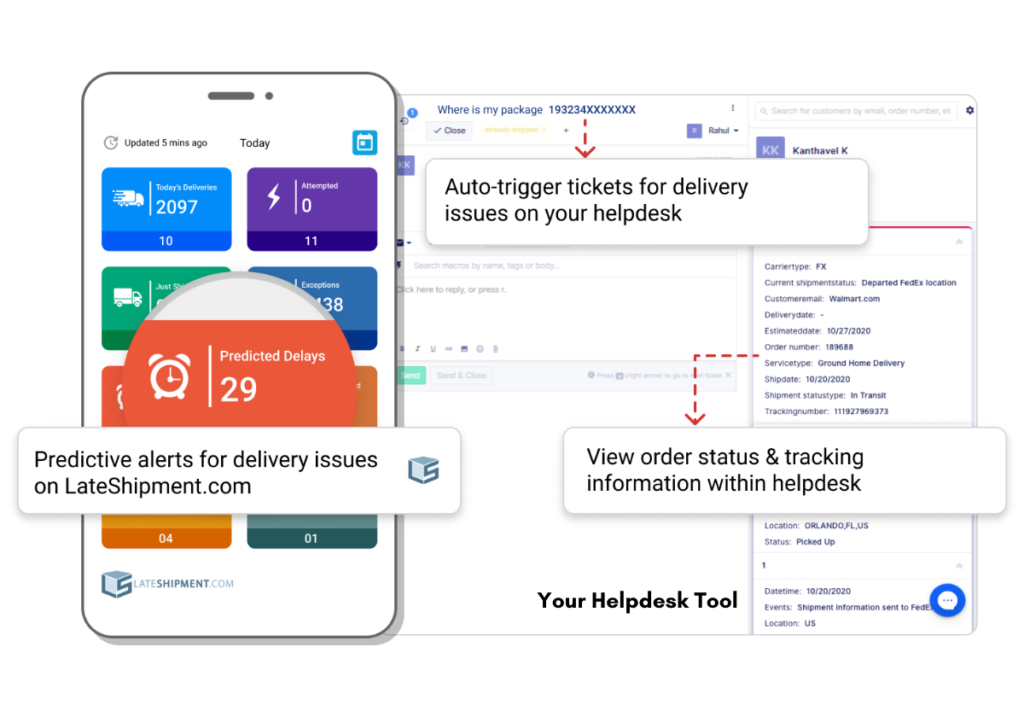
Gain the ability to track all your parcels across carriers and geographic locations and predict delays in real-time. Make use of a dashboard exclusively designed to help your support agents easily spot shipments that may require attention, and initiate contextual email communication with customers.
3. Proactively engage with your customers during critical delivery events
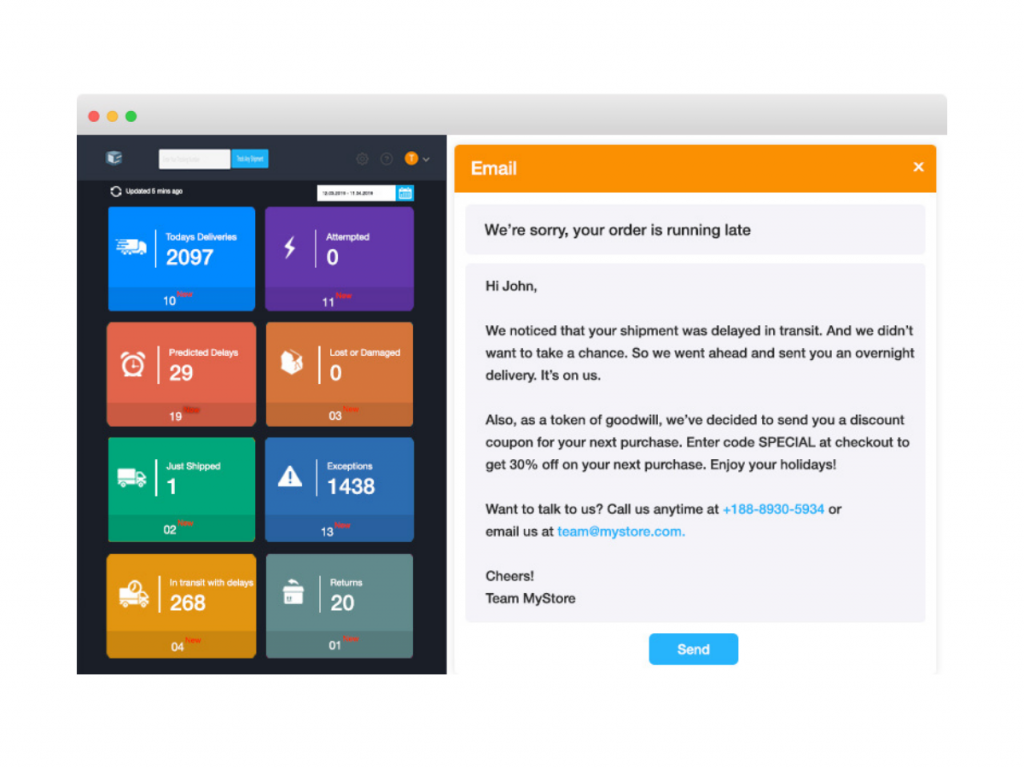
When your customers’ orders are facing critical uncommon delivery events such as weather-related exceptions, you can enable your customer service teams to send customized notifications tailored to that specific customer or situation to build trust and keep them engaged post-purchase.
Bottom Line
Carrier errors and customer anxiety beyond the buy button are inevitable. However, with LateShipment.com’s Delivery Experience Management (DEM) platform, you can turn customer anxiety and frustration into fierce loyalty by implementing proactive customer service in the post-purchase phase.
With DEM, you can be awesome, even when your shipping carriers disappoint. Delivery issues are inevitable even with the most efficient carriers. While you do not have control over such events, you can step in before customer impact and proactively address them, thereby instilling confidence in your customers.
Also, reduce angry WISMO by 70% with proactive order status updates. Your customers’ anticipation is at its peak when they are waiting for their packages – we’re sure your support agents can’t agree more. So, keep your customers in the loop about the whereabouts of their order with proactive communication and free up your support reps’ time to focus on more pressing issues.
That’s not all! To make resolving customer issues even more straightforward, LateShipment.com integrates with every major eCommerce and CRM platform, Helpdesk tool, and Order Management system. Send notifications on order delivery lifecycle, proactively handle delivery issues, get predictive alerts, and send delivery-related tickets to strengthen customer relationships and build rewarding delivery experiences.
The best part is that it takes less than 2 minutes to see LateShipment.com in action without any change to your existing workflow.
The value we add to businesses is most evident when experienced first-hand.
Interested? We at LateShipment.com can’t wait to help you grow your fanbase, savings, and business.

